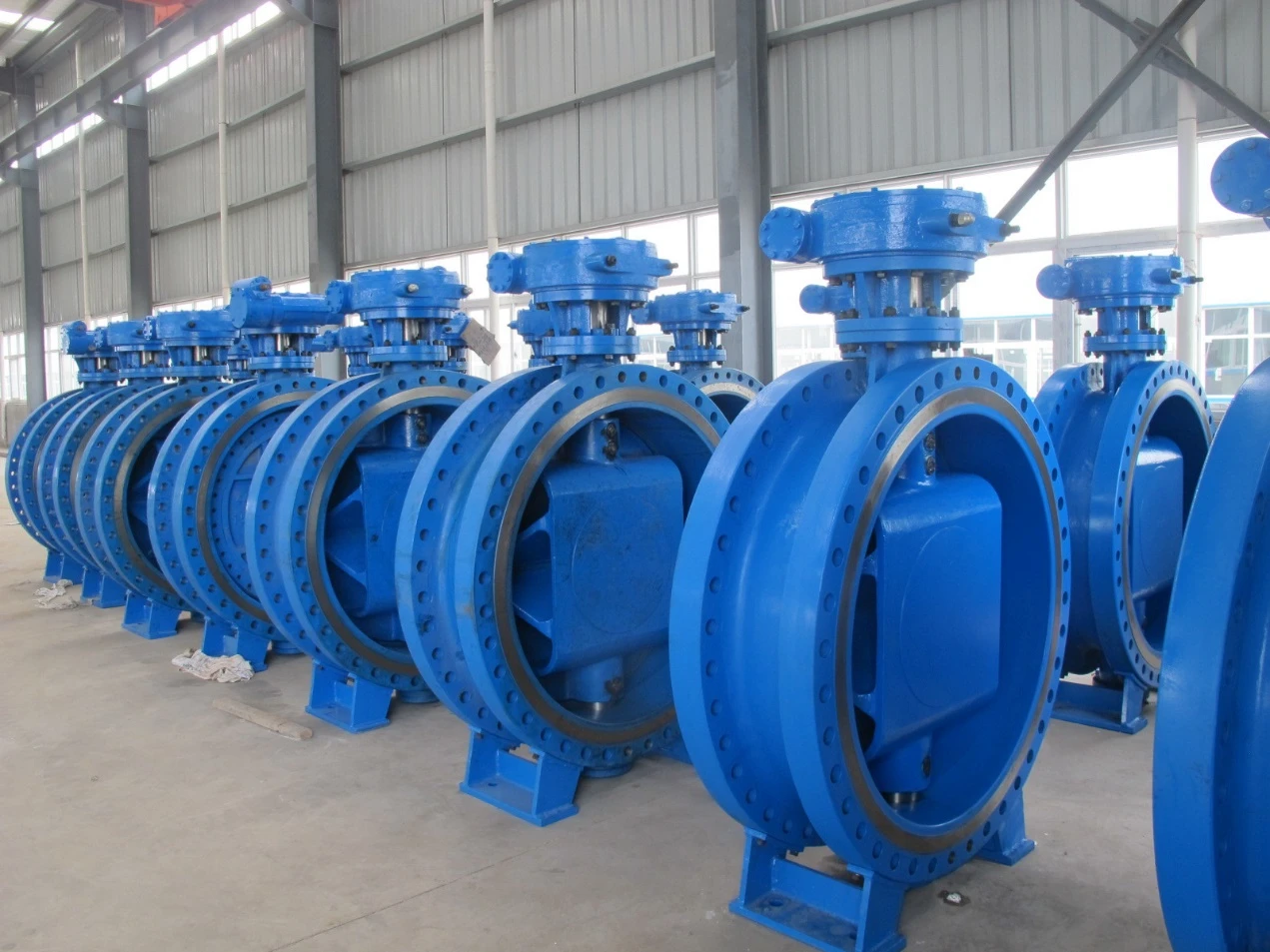Desemba . 09, 2024 17:40 Back to list
Explore Pricing Options for 10 Inch 20 Gate Valves in Your Region Today
Pricing Overview of 10-Inch Gate Valves
Gate valves play a crucial role in various industrial applications, ensuring the smooth flow of liquids and gases through pipelines. Among the various sizes available, the 10-inch gate valve is particularly popular due to its balance of size and function. In this article, we will explore the pricing of 10-inch gate valves, considering several factors that contribute to their costs and how one can make effective purchasing decisions.
Understanding Gate Valves
Gate valves are linear motion valves that are primarily used to start or stop the flow in a pipeline. Unlike other valve types, such as ball or globe valves, gate valves provide minimal flow resistance when fully opened, making them a preferred choice for fluid handling industries.
The 10-inch variant is often used in applications involving water supply systems, oil and gas pipelines, and industrial process systems. The price of a 10-inch gate valve can vary widely based on its material, design, manufacturer, and additional features.
Factors Influencing Price
1. Material The material used to manufacture the gate valve significantly affects its price. Common materials include ductile iron, stainless steel, cast iron, and bronze. Stainless steel and exotic alloys are generally more expensive due to their durability and corrosion resistance, making them suitable for harsh environments.
2. Design Specifications Gate valves can come in different designs, including rising stem and non-rising stem types. Valves with more complex designs or additional features, such as automated actuators, can incur higher costs.
3. Manufacturing Standards Valves that meet international standards like API, ANSI, or ASME are often priced higher due to the rigorous quality controls during production. Compliance with these standards ensures reliability and safety, which is particularly crucial in critical applications.
4. Brand and Manufacturer The brand reputation also plays a significant role in pricing. Established brands may charge a premium for their products due to their history of quality and reliability. However, reliable manufacturers that are less known can provide competitive rates without compromising quality.
5. Market Demand Prices can fluctuate based on market demand and supply. During times of high demand, such as construction booms or shifts in oil and gas exploration activities, the price of gate valves may increase.
10 inch gate valve price

6. Geographic Location Shipping costs and local market conditions can also affect pricing. Import tariffs and local taxes may contribute to higher prices in certain regions.
Price Range
As of the latest data, the price of a 10-inch gate valve can range from approximately $500 to over $3,500. A basic ductile iron gate valve may start around the lower end of this range, while a high-quality stainless steel option with advanced features could go beyond the upper limit. It’s essential for buyers to consider not only the initial cost but also the total cost of ownership, which includes installation, maintenance, and potential replacement expenses.
Purchasing Tips
1. Evaluate Your Needs Before making a purchase, assess the specific needs of your application. Consider the operating conditions, flow requirements, and whether automated features are necessary.
2. Seek Multiple Quotes Contact various suppliers to obtain quotes for the same valve specifications. This can help you gauge the market price and find the best deal.
3. Check Certifications Ensure that the manufacturer provides the necessary certifications that align with industry standards. This will assure you of the quality and reliability of the valve.
4. Consider Long-term Partnerships Building a relationship with a reputable supplier can lead to better pricing, service, and access to future innovations.
5. Review Warranty Options Look for products that come with warranty options, as this can provide additional peace of mind regarding the quality of your investment.
Conclusion
The pricing of a 10-inch gate valve varies based on several factors, including material, design, and brand. Understanding these influences allows buyers to make informed purchasing decisions. By focusing on quality and assessing long-term needs rather than just upfront costs, industries can ensure they invest wisely in essential pipeline components.
-
Why Metric Trapezoidal Thread is Ideal for Precision Motion ControlNewsAug.05,2025
-
The Unique Properties of a Block of Granite for Industrial UseNewsAug.05,2025
-
The Role of Flanged Y Strainers in Preventing Pipeline ClogsNewsAug.05,2025
-
The Importance of Regular Calibration for Master Ring GagesNewsAug.05,2025
-
How a Cast Iron Surface Table Enhances Accuracy in ManufacturingNewsAug.05,2025
-
Comparing Different Check Valve Types for Optimal Flow ControlNewsAug.05,2025
Related PRODUCTS









